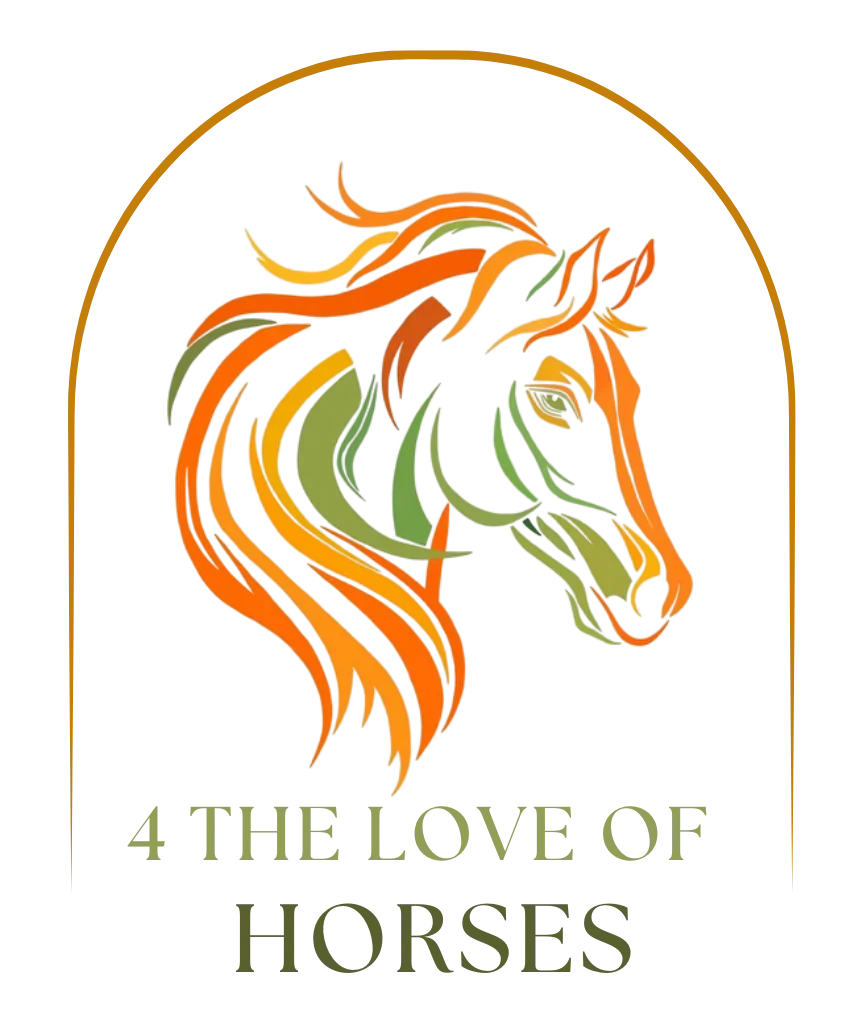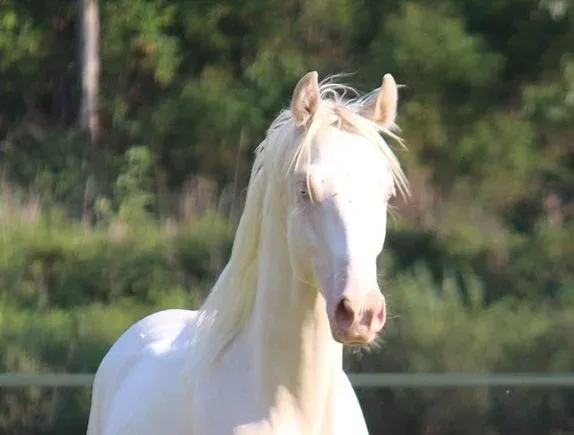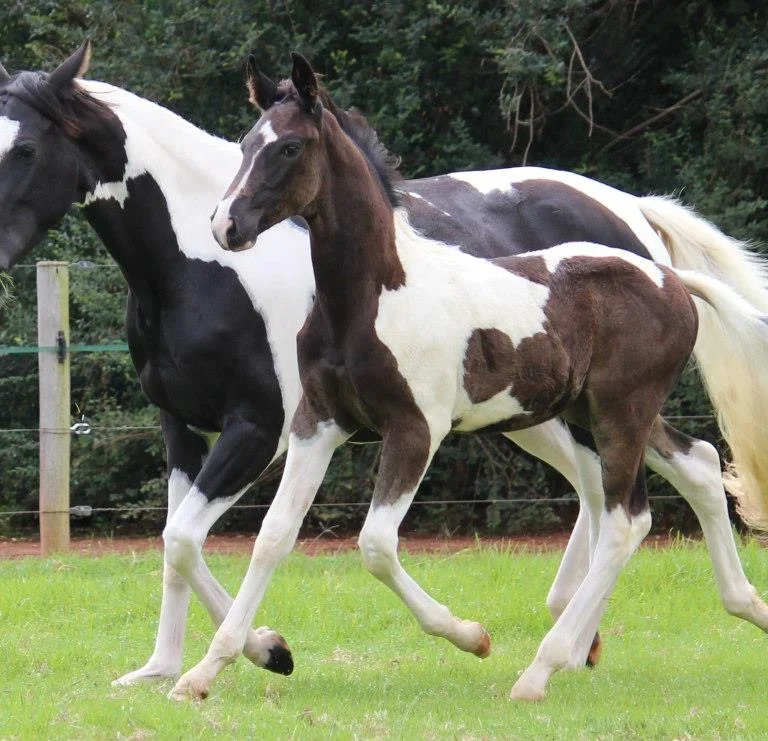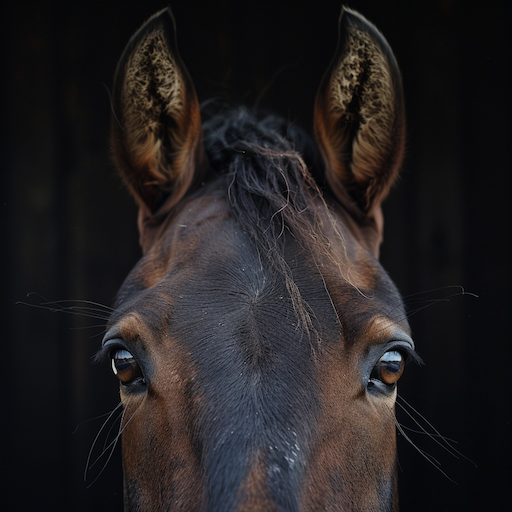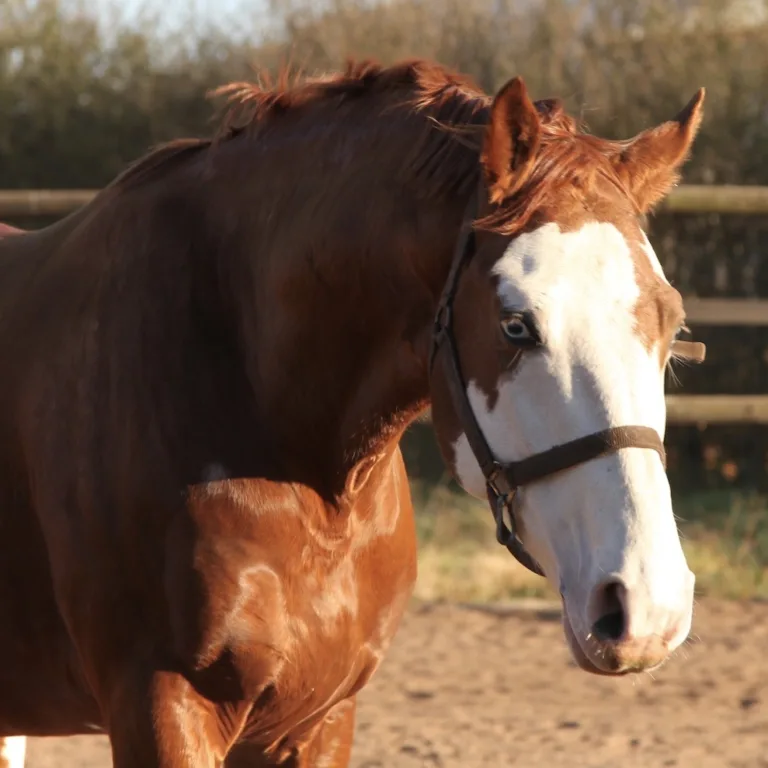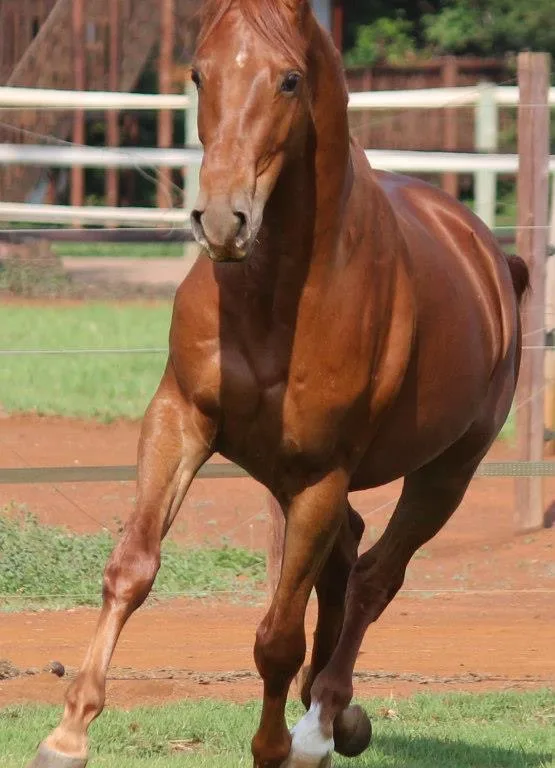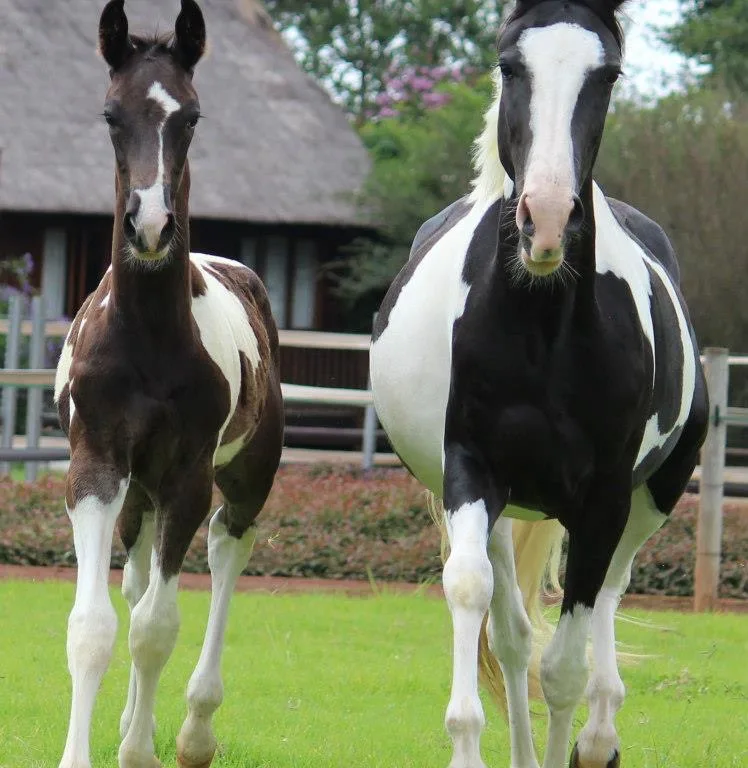Understanding Equine Emotions: A Comprehensive Guide
Understanding your horse’s emotions is not just about better care; it’s about forging a deeper, more harmonious relationship with these magnificent creatures. Horses, like humans, experience a range of emotions, from joy and contentment to fear and frustration. The ability to interpret and respond to these emotions can dramatically improve the way we interact with our equine partners, enhancing their well-being and our shared experiences.
My journey into the world of equine emotions began with my first horse at the age of 13. She was a spirited mare named Gold Flake. Goldy was a funny-looking little horse, and she was also unpredictable and often seemed distant. Initially, I mistook her aloof behavior for stubbornness, a challenge to my authority as a young rider and novice trainer. It wasn’t until I learned to truly observe and understand her that I realized her actions were not defiance but expressions of uncertainty and fear.
By paying close attention to her body language and vocalizations, I started to recognize when she felt anxious or overwhelmed. Instead of pushing her further in those moments, I learned to give her space and time to adjust. This shift in approach led to a remarkable change in Goldy. She became more responsive, her eyes reflecting trust rather than apprehension. Our training sessions transformed from battles of wills to collaborative efforts, built on mutual respect and understanding.
This early personal experience with Goldy was a profound lesson in the importance of emotional intelligence in horse care and training. It taught me that every ear twitch, tail swish, and snort holds a piece of the puzzle in understanding our horses’ emotional states. As we embark on this journey through the intricate world of equine emotions, remember that at the heart of every interaction with our horses is an opportunity for connection and growth. By learning to speak their emotional language, we open the door to a more fulfilling and empathetic partnership with these extraordinary animals.

The Basics of Equine Emotions
At the core of our interactions with horses is an understanding of their emotional world. Horses, much like humans, experience a spectrum of emotions that influence their behavior and well-being. Recognizing and respecting these emotions is key to building a strong, trusting relationship with your equine companion.
Common Emotions in Horses
- Fear: Perhaps the most primal of emotions, fear plays a crucial role in a horse’s survival. It triggers the ‘fight or flight’ response. As prey animals, horses are highly attuned to potential threats. Signs of fear can include a raised head, widened eyes, snorting, and skittishness.
- Joy: Horses express joy in various ways, often seen when they are playing or interacting positively with other horses or humans. A relaxed posture, playful trotting, and a soft, nuzzling gesture can indicate happiness.
- Curiosity: Horses are naturally curious creatures. This emotion drives them to explore their environment and can be observed when they approach new objects or situations with interest, sniffing and carefully examining them.
- Anger: While less common, horses do experience anger. This might manifest as pinned ears, tail swishing, stomping, or even biting. It’s often a response to discomfort, fear, or frustration and requires careful handling to avoid escalation.
The Role of Emotions in Survival and Social Interactions
Emotions in horses are not just fleeting states; they play a pivotal role in their survival and social structures. Fear, while often perceived negatively, is essential for a horse’s safety, alerting them to danger. Joy and curiosity facilitate social bonding and environmental adaptation, essential for herd animals. Understanding these emotions is crucial in training and handling horses, as it influences their responsiveness and willingness to cooperate.
In a herd, horses communicate their emotions through body language and vocalizations, maintaining a complex social structure. Dominance, companionship, and even playfulness are all part of this dynamic. By tuning into these emotional cues, we can better understand our horses’ needs and behaviors, leading to more effective and empathetic interactions.
As we continue to explore the depths of equine emotions, remember that each horse is an individual, with its own personality and emotional responses. Observing and learning from your horse opens up a world of communication and connection, laying the foundation for a relationship built on mutual understanding and respect.
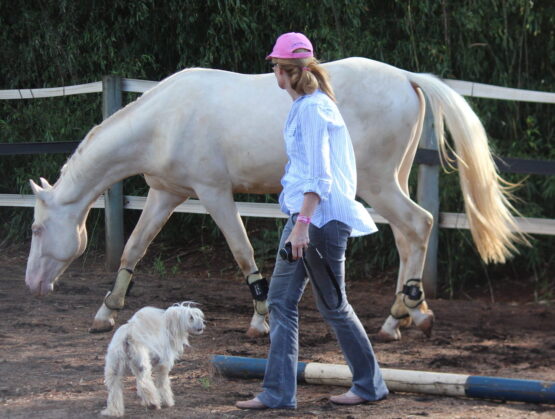
Recognizing Emotional Cues
To effectively communicate and connect with your horse, it’s crucial to become fluent in their language of emotions. This involves keen observation and interpretation of various cues that horses use to express their feelings.
Physical Signs: The Language of the Body
- Body Language: A horse’s body language is a vivid canvas of emotional expression. For instance, a relaxed horse typically has a lowered head and a calm tail, while tension might be indicated by a stiff posture or raised tail. Understanding these nuances can greatly enhance your communication with your horse.
- Facial Expressions: Just like humans, horses convey a lot through their facial expressions. Soft, relaxed eyes and a gentle chewing motion often indicate contentment, whereas wide eyes and flared nostrils might signal fear or excitement. The positioning of their ears also speaks volumes; forward-facing ears may show interest, while pinned ears are a clear sign of annoyance or anger.
- Posture: The overall posture of a horse can be a strong indicator of their emotional state. A horse standing squarely and comfortably is likely feeling content and secure, whereas a horse that is consistently shifting its weight or appears tense may be uncomfortable or anxious.
Vocal Cues: Listening to Their Sounds
- Whinnies and Neighs: These vocalizations can vary in pitch and length and are used to communicate a range of emotions, from calling out to herd mates to expressing loneliness or stress.
- Snorts and Blows: A snort can be a sign of curiosity or alertness, while a relaxed blow often indicates that a horse is feeling calm and releasing tension.
Behavioral Indicators: Actions Speak Louder
- Eating Habits: Changes in eating behavior can be a telltale sign of emotional distress. A horse that suddenly loses its appetite or begins to eat compulsively may be experiencing stress or discomfort.
- Social Interactions: Observing how your horse interacts with other horses and humans can provide insights into their emotional state. A horse that suddenly becomes withdrawn or aggressive may be signaling distress or discomfort.
- Activity Levels: Variations in activity, such as lethargy or restlessness, can also be indicative of emotional states. It’s important to note changes in what is normal for your individual horse.
By tuning into these physical, vocal, and behavioral cues, you can gain a deeper understanding of your horse’s emotional world. This not only enhances your bond but also allows you to provide better care and training tailored to your horse’s unique needs and feelings.

The Science Behind Emotions in Horses
In recent years, scientific research has begun to peel back the layers of mystery surrounding equine emotions, offering fascinating insights that can revolutionize how we interact with these noble animals.
Recent Research on Equine Emotions
- Emotional Expression and Recognition: Studies have shown that horses are capable of a wide range of emotional expressions and can even recognize and react to emotions in humans and other horses. For instance, research has found that horses can distinguish between happy and angry human facial expressions, which in turn affects their own behavior.
- Stress and Its Impact: Research into equine stress has highlighted the importance of understanding and managing the emotional well-being of horses. Elevated stress levels in horses can lead to health issues, behavioral problems, and a decrease in performance. This underlines the need for training and care approaches that consider the horse’s emotional state.
- The Role of Endorphins: Studies have also explored the role of endorphins in horses, which are released in response to both positive and negative stimuli. Understanding the triggers for these can help in creating environments and training methods that promote positive emotional states.
Enhancing Training and Care Through Equine Psychology
- Training with Empathy: With a better understanding of equine emotions, training can become a more empathetic process. Recognizing signs of anxiety or stress during training sessions allows for adjustments that can make learning a more positive experience for the horse.
- Improving Care: Emotional understanding also plays a crucial role in day-to-day care. By being attuned to the emotional states of horses, caregivers can make informed decisions about everything from stable arrangements to exercise routines, ensuring the horse’s mental and physical well-being.
- Building Stronger Bonds: Knowledge of equine psychology can lead to stronger, more trusting relationships between horses and humans. Horses that feel understood and respected are more likely to develop a strong bond with their handlers, leading to a harmonious partnership.
The evolving field of equine emotion research is a testament to the complex and rich inner lives of horses. As we continue to learn more, we can apply this knowledge to enhance our training, care, and overall interactions with these sensitive and perceptive animals.
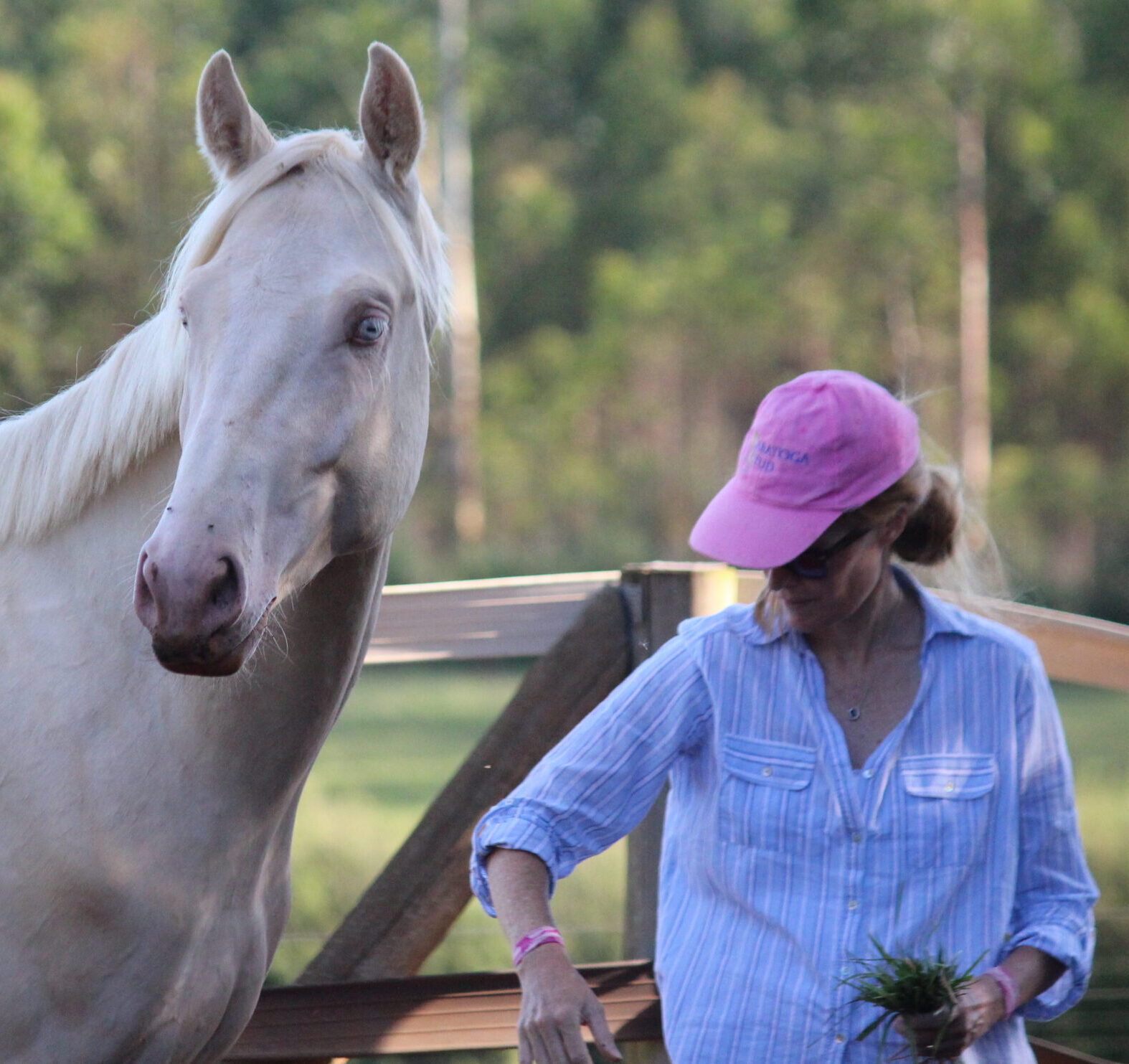
Emotional Intelligence and Horse Training
Integrating emotional intelligence into horse training isn’t just a compassionate approach; it’s a practical one. By tuning into the emotional state of your horse, you can create a more effective and mutually respectful training environment.
Techniques for Incorporating Emotional Understanding into Training
- Observation First: Begin each training session by observing your horse’s mood and behavior. This can inform how you approach the session, tailoring it to their current emotional state.
- Positive Reinforcement: Use positive reinforcement techniques to encourage desired behaviors. Rewarding your horse with treats, gentle patting, or soothing verbal praise can reinforce good behavior in a way that fosters positive emotions.
- Consistency and Patience: Maintain a consistent routine and be patient. Horses thrive on predictability and can become stressed or confused with inconsistent handling. A patient approach allows the horse to learn at their own pace, reducing anxiety and building confidence.
- Recognizing Limits: Understand and respect your horse’s emotional and physical limits. Pushing a horse too hard can lead to stress and resistance. Training should be a gradual process that respects the horse’s individual pace.
The Role of Empathy in Building Bonds and Effective Communication
- Empathetic Handling: Approach your horse with empathy. Recognize that like humans, horses can have bad days too. Adjust your expectations and methods accordingly.
- Non-Verbal Communication: Horses are highly sensitive to non-verbal cues. Be mindful of your body language and energy. Calm, confident, and gentle handling reflects positively in your horse’s response.
- Building Trust: Trust is the foundation of any strong horse-human relationship. By responding to your horse’s emotions with understanding and kindness, you build a foundation of trust that enhances training outcomes.
- Problem-Solving with Compassion: When faced with behavioral challenges, approach them with compassion. Understanding the emotional root of a problem can lead to more effective and humane solutions.
Incorporating emotional intelligence into horse training transforms the process from a simple transfer of skills to a deep, communicative relationship. By understanding and respecting your horse’s emotions, you not only improve training effectiveness but also foster a bond of trust and respect that enriches both your lives.
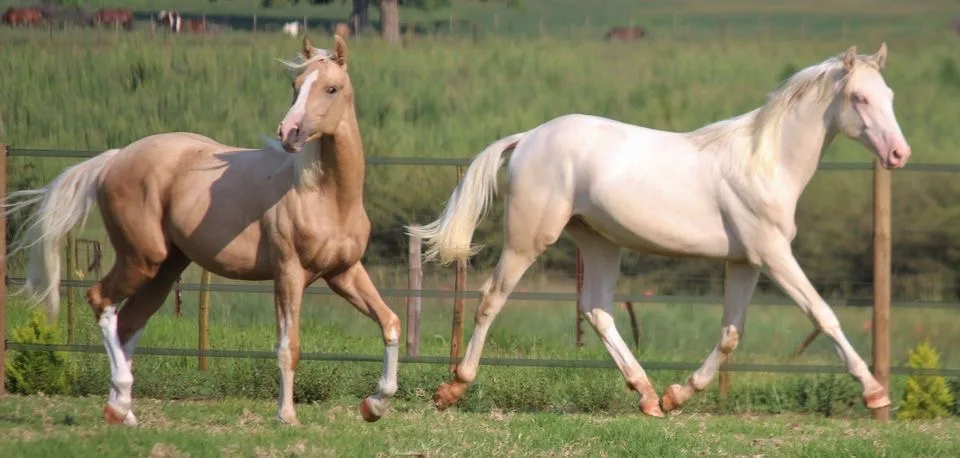
Managing Emotional Health
Maintaining the emotional well-being of your horse is as crucial as caring for their physical health. A happy, emotionally stable horse is more responsive, cooperative, and easier to train. Here are strategies to ensure your horse’s emotional health is looked after, along with ways to address common emotional challenges.
Strategies for Maintaining Emotional Well-Being in Horses
- Regular Exercise and Play: Physical activity is not just good for a horse’s body but also for its mind. Regular exercise can help reduce stress and prevent boredom. Incorporating play into their routine can also stimulate their minds and satisfy their natural instincts.
- Consistent Routine: Horses thrive on routine. A consistent schedule for feeding, exercise, and socialization can provide a sense of security and reduce anxiety.
- Quality Social Interaction: Horses are social animals and benefit greatly from interaction with other horses. Ensuring your horse has the opportunity to socialize in a safe and controlled environment can promote emotional well-being.
- Providing a Comfortable Environment: A safe, clean, and comfortable living environment is essential. This includes proper shelter, adequate space to move around, and a calm atmosphere.
Addressing Common Emotional Challenges
- Fear: Understand the source of fear and address it gently. Gradual exposure to the fear-inducing situation or object, combined with positive reinforcement, can help your horse overcome its fears.
- Separation Anxiety: Gradual desensitization can help in managing separation anxiety. Start with short periods of separation and gradually increase the time, always ensuring a calm and positive return.
- Stress: Identifying the signs of stress early is key. Once identified, reduce the stressors if possible, and increase comforting and calming activities. Techniques such as massage or gentle grooming can also help in alleviating stress.
By addressing these emotional challenges and maintaining a stable, nurturing environment, you can significantly enhance your horse’s emotional health. Remember, a horse’s emotional health is deeply intertwined with its overall well-being and quality of life. As a caretaker, your understanding and proactive approach to their emotional needs can make all the difference.
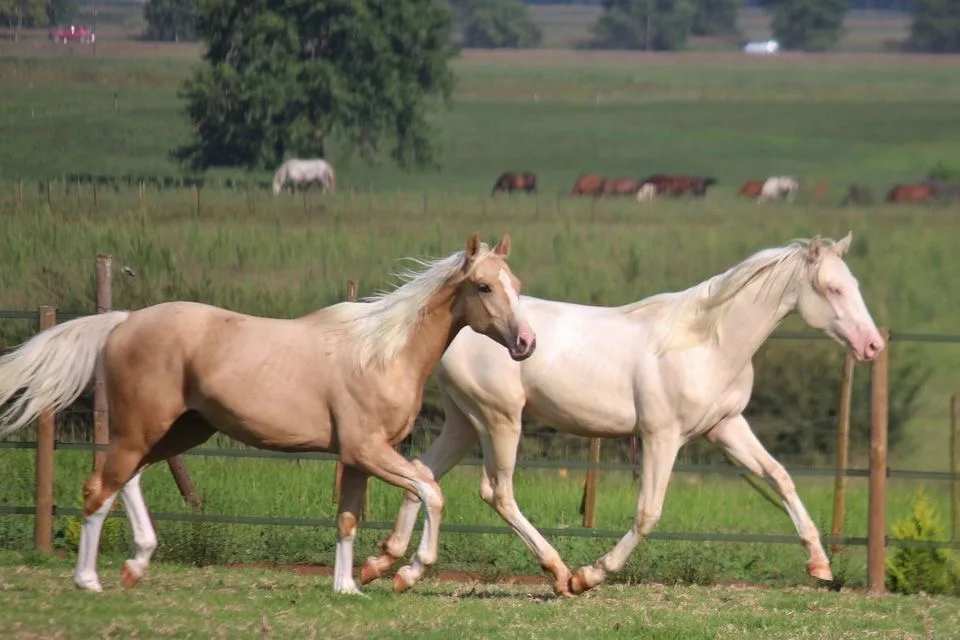
Case Studies and Success Stories
The journey of integrating emotional intelligence into horse care and training is beautifully illustrated through real-life examples and success stories. These case studies not only inspire but also provide practical insights into the transformative power of understanding and responding to equine emotions.
Real-Life Examples of Improved Horse Care and Training
- Case Study 1: Overcoming Fear in a Rescued Horse
- Story of a rescued horse, Fire, who exhibited extreme fear and distrust towards humans.
- Through patient and empathetic care, focusing on building trust and addressing her fear gently, Fire transformed into a confident and cooperative horse.
- Key takeaway: Understanding the root of fear and addressing it with patience can rebuild a horse’s trust and confidence.
- Case Study 2: Addressing Aggression Through Emotional Understanding
- Examination of a case where a horse, Maximus, displayed aggressive behavior due to past trauma.
- By implementing a training regime based on emotional cues, the handlers were able to reduce his aggression and improve his social interactions.
- Key takeaway: Aggression can often be a manifestation of past trauma, and addressing it with empathy can lead to positive behavioral changes.
Each of these stories and interviews sheds light on the remarkable impact that emotional understanding can have on horse care and training. They serve as a testament to the power of empathy and patience in forging deep, meaningful connections with our equine companions.
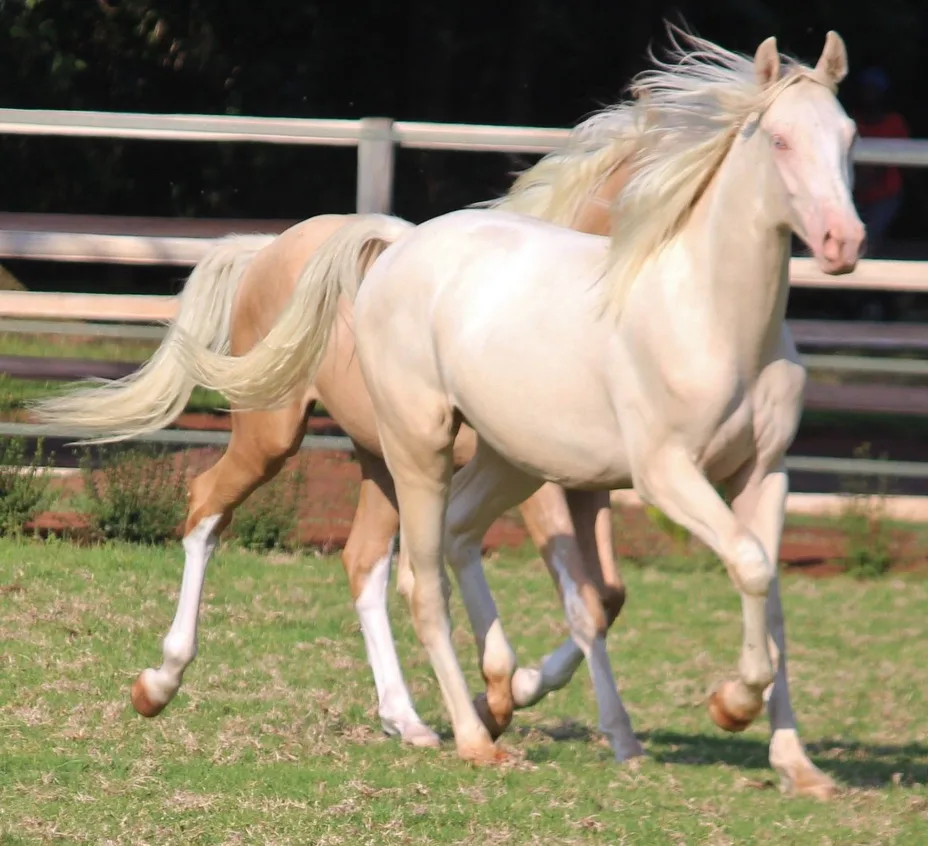
Conclusion
As we come to the end of our exploration into the world of equine emotions, it’s clear that the journey towards understanding and connecting with our horses is both enriching and transformative. This journey not only enhances the quality of care and training we provide but also deepens the bond we share with these magnificent creatures.
Recap of Key Points
- Understanding Emotions: Recognizing and understanding the range of emotions horses experience – from fear and joy to curiosity and anger – is fundamental in developing a deeper connection with them.
- Observing Cues: Learning to read and respond to physical, vocal, and behavioral cues allows us to communicate more effectively and empathetically with our horses.
- Emotional Intelligence in Training: Incorporating emotional intelligence into training practices leads to more effective and humane methods, fostering trust and respect.
- Emotional Well-being: Proactively managing the emotional health of horses through strategies like regular exercise, consistent routines, and understanding their social needs, is as crucial as attending to their physical well-being.
- Learning from Success Stories: Real-life examples and expert insights provide valuable lessons on the impact of emotional understanding in horse care and training.
Applying This Knowledge
I encourage you to apply this knowledge in your daily interactions with your horse. Observe your horse’s emotional cues, respond with empathy, and adapt your training and care approaches accordingly. Remember, every horse is unique, and understanding its emotional language will require patience, observation, and a willingness to learn and adapt.
Closing Thoughts
The journey of understanding and connecting with your horse is ongoing and ever-evolving. It’s a path filled with learning, growth, and an abundance of rewarding moments. As you continue on this path, cherish each step that brings you closer to your horse, deepening the bond you share. Embrace the journey with an open heart and mind, and let the beautiful language of equine emotions guide you to a more fulfilling and harmonious relationship with your equine partner.
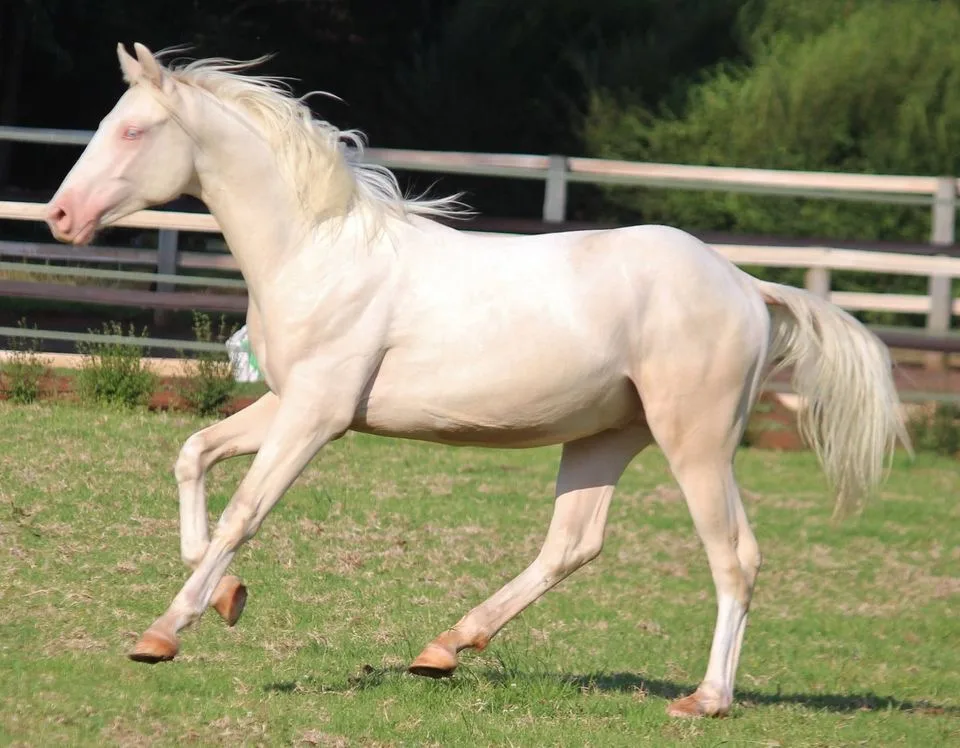
Resources for Further Learning
To continue your journey in understanding and connecting with your horse, a wealth of resources is available. Expanding your knowledge about equine emotions will not only benefit your relationship with your horse but also enhance your skills in care and training.
Books
- “The Horse’s Mind” by Lucy Rees: An insightful exploration of equine psychology, behavior, and emotions.
- “Equine Behavior: A Guide for Veterinarians and Equine Scientists” by Paul McGreevy: This book offers a scientific perspective on equine behavior and emotions.
- “Horse Speak: An Equine-Human Translation Guide” by Sharon Wilsie: A practical guide to understanding and using body language in the horse-human relationship.
Courses
- Understanding Equine Behavior (Online Course): Offered by various equestrian schools, this course delves into the science behind equine behavior and emotions.
- Equine Welfare and Management (Online Course): Available on platforms like Coursera, this course covers various aspects of equine care, including emotional well-being.
- Local Workshops and Seminars: Keep an eye out for workshops and seminars offered by equine professionals in your area, which often include sessions on equine emotions and behavior.
- Equine Emotional Intelligence Equine emotional intelligence is defined as the ability to monitor one’s own and another’s emotions, to discriminate between different emotions and label them …
- Exploring Equine Intelligence: They Really Are As Smart As …Researchers found that horses have a high level of emotional intelligence and can even read our emotions. A study out of the University of …
Encouragement for Continued Education
Remember, the field of equine emotions and behavior is continually evolving, with new research and techniques emerging regularly. Staying informed through these resources can significantly enhance your understanding and approach to horse care and training. I encourage you to explore these resources and remain open to new ideas and perspectives. Continued education and growth in this area are not just beneficial for your horse; they are a testament to your dedication and love for these extraordinary animals.
